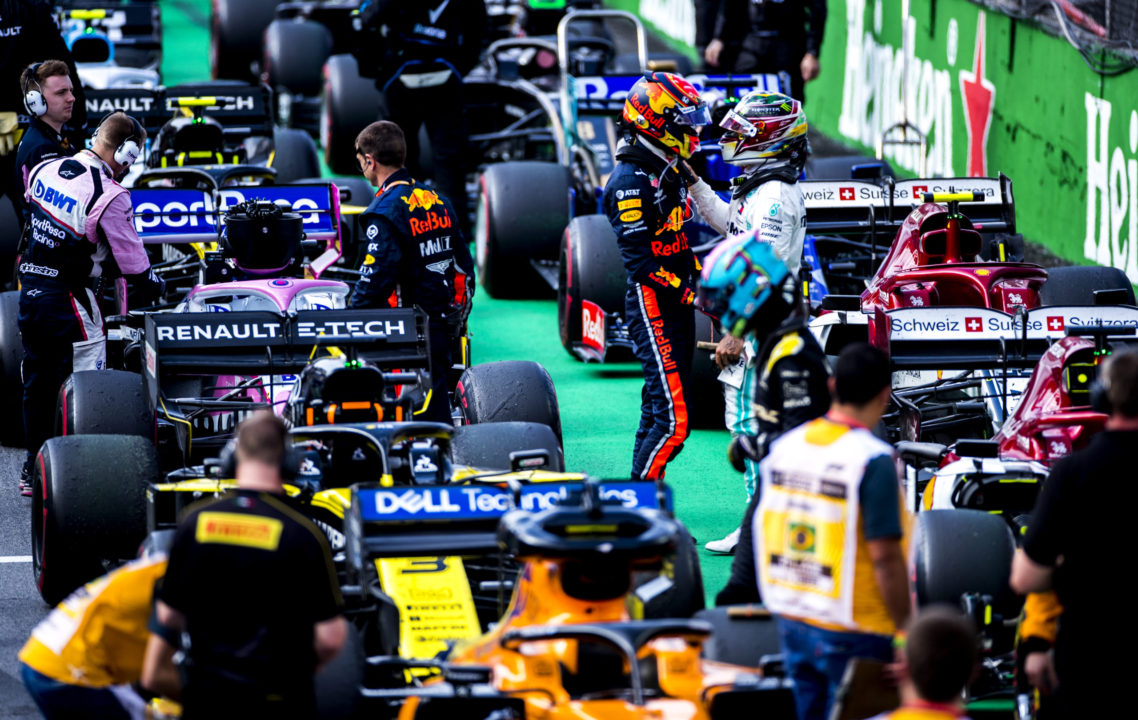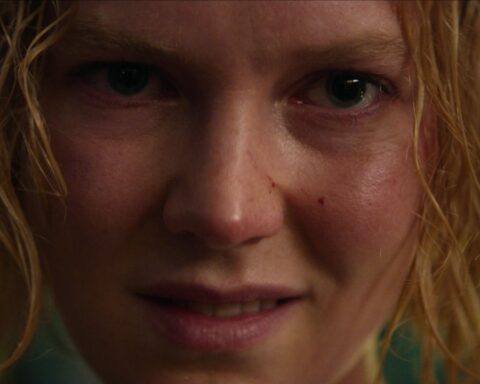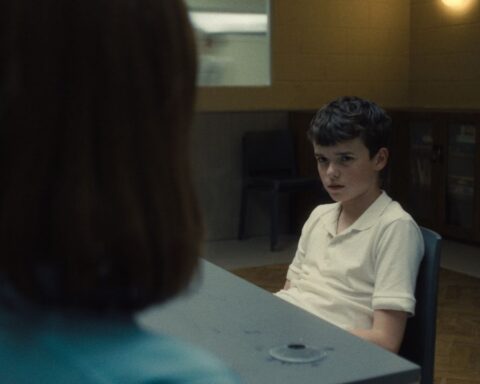Two weeks ago, Netflix’s Formula 1 documentary series Drive To Survive dropped its second season. Following most of the teams throughout the 2019 World Championship calendar, the series’ 10 episodes gives fans a truly behind the scenes look at the big personalities and even bigger egos that make the up the sport.

The first season of Drive To Survive, which followed the 2018 edition of the competition, truly was a revelation when it premiered. Although the behind the scenes look is similar in vein to the other Netflix sports documentary series, Sunderland ’til I Die (Season 2, coming soon), what sets Drive To Survive apart is that instead of following one team over the course of a season, this series follows the entire sport – very much like a journalist who tracks an interesting story or breaking news.

If you’re an avid F1 follower, what happens in Drive To Survive may not be news to you: drivers getting dropped, fights between teammates, mechanical breakdowns; these things happen and are often reported after the fact. But that is also what sets this series apart. Watching all of that happen in real time (well real time to the camera at least) is fascinating and really showcases, not just the drivers’ motivations to compete in this the highest level of motorsport, but also the size of their ego and personalities. Which, in some ways, shows you what it takes to risk everything, when travelling 200 miles per hour, just inches off the road.

The access the cameras are afforded, from being in and amongst the pit crew, to interviews with drivers, team principals, and owners, is astounding. They don’t just give us in-depth interviews (which I suspect takes place at the end of the season), but also show us what goes on around the back offices and during the teams’ private meetings. Hell, you even see an argument between a driver and his team principal in this season that leads to the driver being demoted to a different team. (You actually hear it, because the cameras weren’t allowed in, but they were still mic’d up, so it’s close enough.)
Drive To Survive is a true behind the scenes look at a fast paced sport, filled with oversized egos and personalities. Absolutely nothing is sugar coated or controlled here.

The other thing that I really enjoyed with Drive To Survive is how it manages its episodes. The episodes develop naturally to tell different stories over the course of the race calendar, so as the series wears on, you see races from different times in the year, and how each of those races become the setting for a different event or story that they choose to tell. The series rarely jumps around from character to character, or story to story. Each episode is focused on a particular team, or driver, or event, and how it affects a specific story arc. That discipline in story telling – as well as the crazy amount of note taking and immense planning required – is a joy to watch.

Drive To Survive isn’t an in depth look at Formula 1. It doesn’t go into the mechanics of pit lane strategies, or tyre wear strategies, or how Ferrari’s wings are 0.1 millimetres off the Mercedes or the Renault. This isn’t for the fan looking to level up their knowledge. Drive To Survive is about the people in Formula 1. The people and the politics. And egos and personalities. It’s about the people who think they are the best drivers around and, because of that, deserve to have the best car, opponents and team mates be damned.
But hey, if Formula 1 isn’t your cup of tea, I’ve also got a list of football documentaries that are worth watching this weekend, as well as a review of the Netflix Maradona series, Maradona In Mexico.
Formula 1: Drive To Survive, Season 2
Netflix, 10 episodes
Showrunner: Sophie Todd









Follow Us